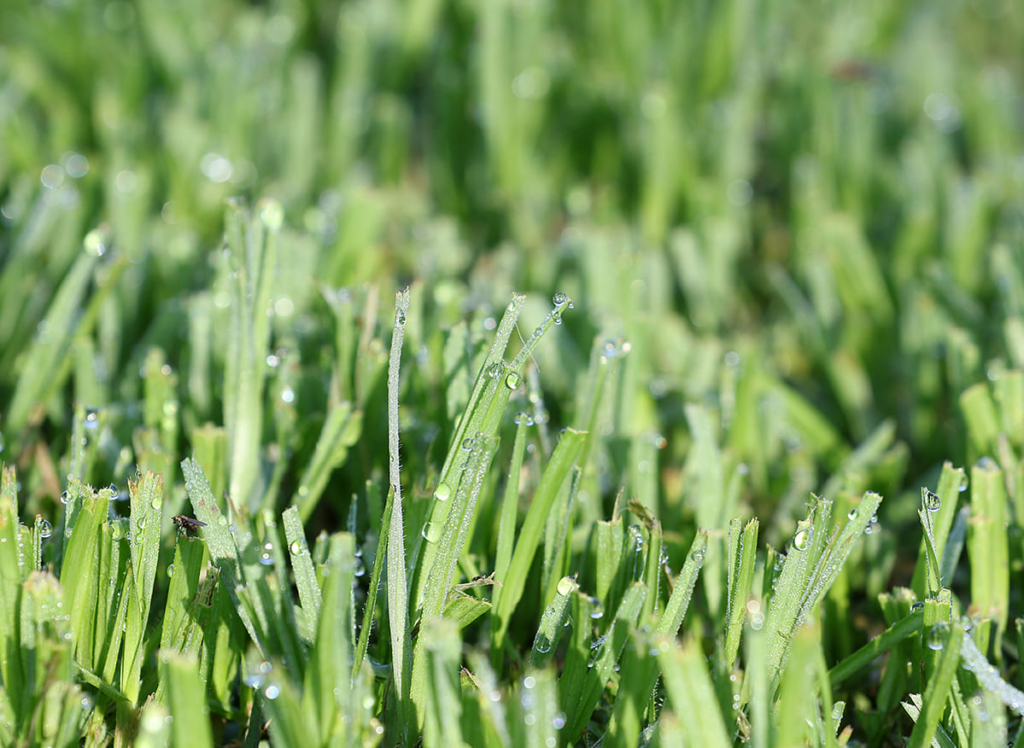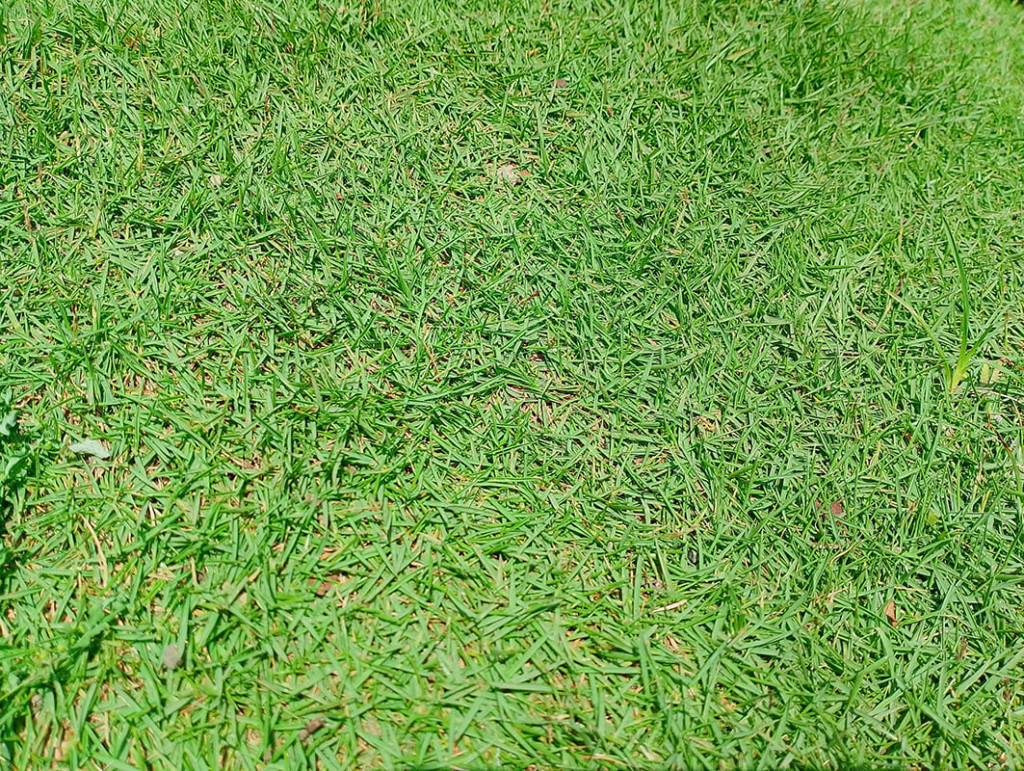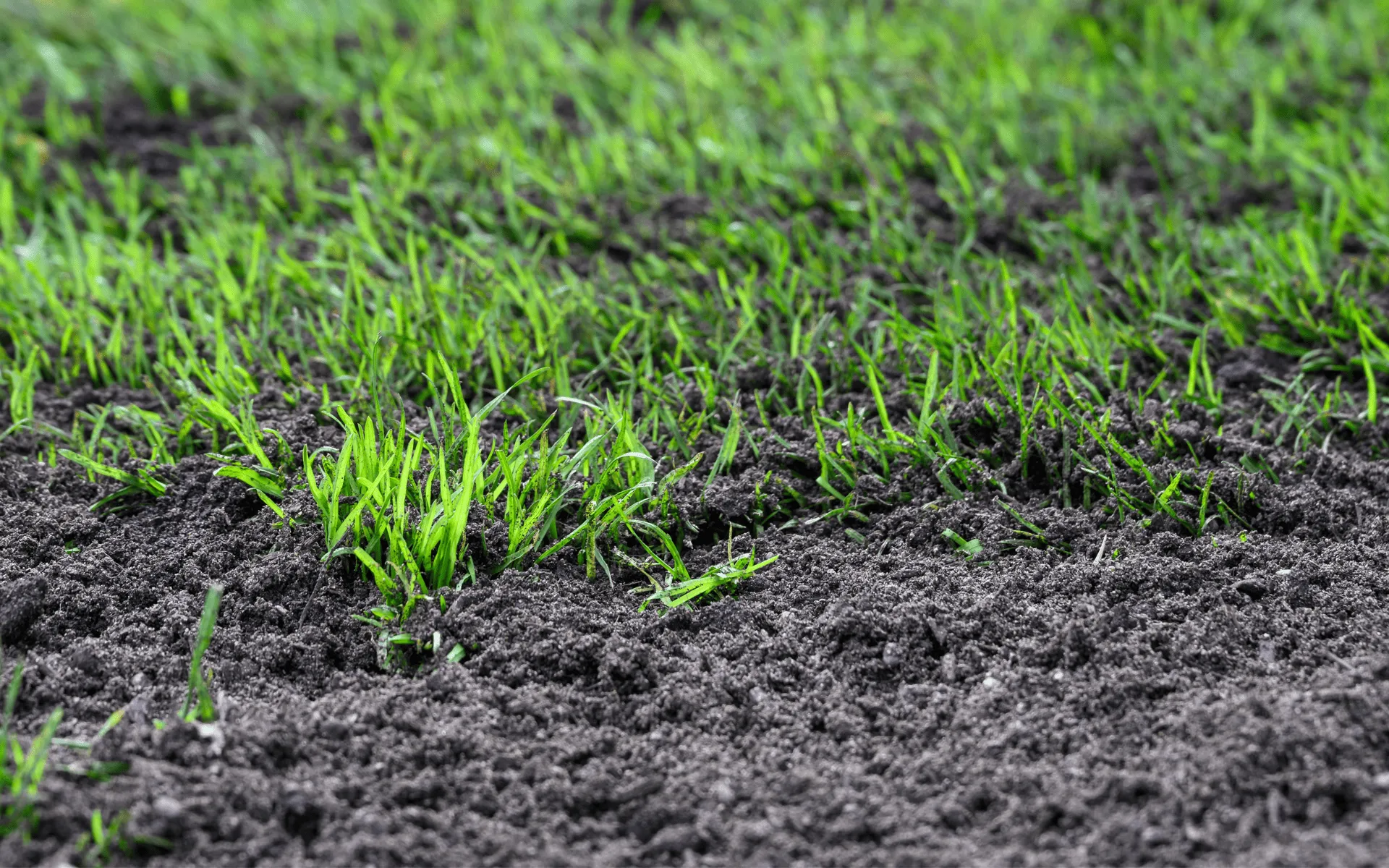Lawns have long been a staple of Australian backyards, parks, and even urban spaces. They serve as an aesthetic feature, provide functional space for activities, and contribute positively to the environment. But why is grass so essential to a lawn?
While some may see artificial turf or gravel as easier to maintain, grass offers numerous benefits that far outweigh alternatives. To learn more about this, let’s explore why lawns need grass and provide some lawn care tips to help you maintain a thriving, green space.
The Importance of Grass for Lawns
At first glance, grass might seem like an obvious choice for lawns. However, many people are opting for alternatives due to perceived benefits like low maintenance. Despite this, the advantages of having real grass outweigh many of these alternatives in both environmental and practical aspects. One of the biggest reasons grass is ideal for lawns is its role in keeping the environment cooler. Grass absorbs sunlight, while artificial surfaces like concrete or synthetic turf reflect it, making outdoor areas much hotter. This makes a lawn with natural grass more comfortable during the sweltering Australian summers.
Environmental Benefits of Grass

One of the most significant reasons lawns need grass is its contribution to a healthier environment. Grass acts as a natural air filter, trapping dust, dirt, and other airborne pollutants. When planted in large areas, it can improve air quality and even help reduce the levels of carbon dioxide in the atmosphere. Given the increasing concerns over climate change, this natural filtration system provided by grass is more crucial than ever.
Moreover, grass plays a vital role in reducing noise pollution. This is especially relevant for homes in suburban and urban areas. Grass absorbs sound, softening the noises from traffic, construction, and general daily activities. In contrast, hard surfaces like pavement or gravel amplify noise, which can be a nuisance for homeowners looking for peace and quiet.
Grass as a Safe Surface
Another essential reason why lawns need grass is its role as a soft and safe surface, particularly for families with children or pets. Grass provides cushioning, making it ideal for play areas, sports activities, and general outdoor relaxation. If someone falls on grass, the impact is far less severe than it would be on harder surfaces like concrete or gravel. This makes it a safer option for backyards, parks, and school grounds.
Grass is also an excellent surface for pets. It’s cooler than artificial turf, which can become dangerously hot in the summer months, and it provides a more natural environment for them to explore.
Grass Supports Biodiversity
Lawns with grass aren’t just good for people; they also support local ecosystems. The roots of grass support microbial life in the soil, which in turn benefits insects, birds, and other small creatures. A healthy lawn can attract pollinators like bees, which are vital for plant reproduction. This is especially important in urban environments where natural habitats are often limited.
Furthermore, grass can help maintain local biodiversity by offering shelter to small creatures. By incorporating some native plants alongside your lawn, you can create a more diverse habitat for wildlife.
Maintenance and Cost Efficiency

While some might argue that maintaining grass is costly and time-consuming, it’s important to understand that it can be both manageable and cost-efficient with proper care. Lawns need regular mowing, watering, and fertilising, but with the right lawn care tips, the upkeep doesn’t have to be overwhelming.
For example, adjusting your mowing schedule based on the season can reduce the amount of work required. In winter, grass grows more slowly, so it may only need to be mowed once a month, while in summer, it may need more frequent attention. Fertilising at key times of the year can also boost your lawn’s health, allowing it to stay green and lush with less effort.
Moreover, the initial cost of installing artificial turf or other alternatives may seem attractive, but over time, these options can require just as much, if not more, maintenance.
Grass and Property Value
For homeowners, having a well-maintained lawn can significantly boost the property’s curb appeal and overall value. Grass provides a lush, green appearance that makes a home feel inviting. In the Australian property market, where outdoor spaces are highly valued, a lawn with real grass can be a significant selling point.
Potential buyers are often drawn to homes with established lawns that they can envision enjoying with their families. Additionally, a lawn with grass suggests that the property has been well cared for, which can positively influence a buyer’s perception.
Well-kept lawns can also provide functional outdoor spaces, enhancing the liveability of a home. Whether it’s for hosting barbecues, playing with kids, or simply relaxing, having a lawn with real grass offers a versatile area that adds to the overall appeal of a property.
Conclusion
Grass is more than just a decorative feature for your lawn; it plays an integral role in maintaining a healthy environment, supporting biodiversity, and creating a safe, functional space for outdoor activities. While artificial alternatives may seem appealing at first glance, they cannot match the long-term benefits that natural grass provides. By incorporating lawn care tips into your regular routine, you can enjoy a beautiful, sustainable, and environmentally friendly lawn that enhances your home and lifestyle.










